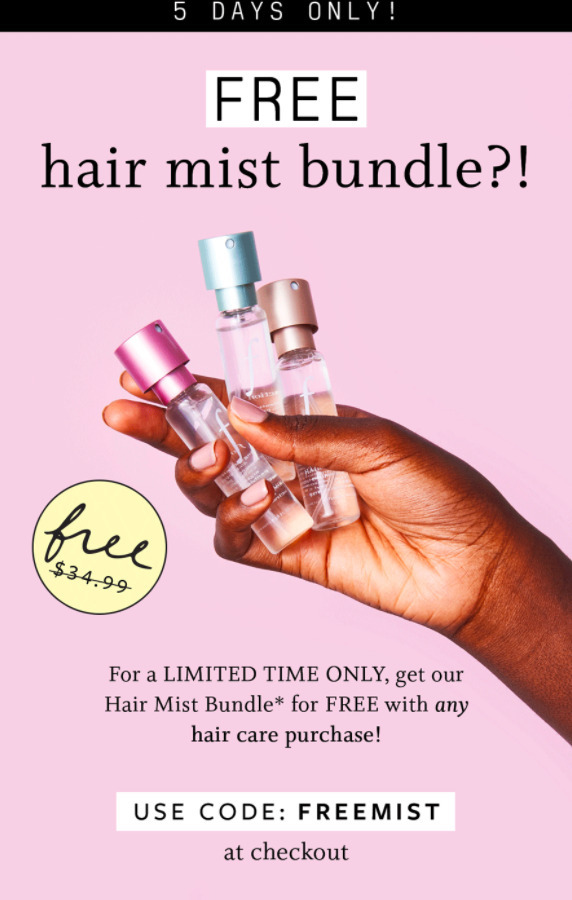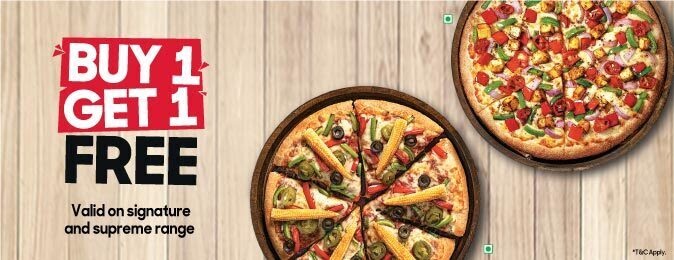
Most promo lists talk about "10% off the store" like that’s a strategy. In reality, products have different jobs: some drive traffic, some drive margin, some need clearing, some create repeat purchase. Your promotions should be SKU-aware, otherwise you’ll discount the wrong stuff and wonder why profit didn’t move.
Below are 10 plays built around products, SKUs, and catalog mechanics with guardrails so you don’t accidentally subsidize your bestsellers.
You don’t need a PhD model or a fancy CDP project to run product-first promos. You just need a consistent way to answer one question per SKU: “What job does this product do for the business?”
Tagging SKUs into a few buckets turns promotions into a system. It helps you stop discounting the stuff that sells anyway, push the items that improve basket economics, and clear inventory without poisoning your whole brand with constant sales.
Here’s a simple 4-bucket model you can copy:
What they are: The products people come for. They’re your brand magnets. Often bestsellers, top search terms, highly reviewed, heavily compared.
How to spot them ?
What they are: The products that quietly pay your bills. They can handle discount depth without turning your P&L into a crime scene.
How to spot them?
What they are: Accessories, refills, "complete the set" items, so small stuff customers won’t always buy unless prompted.
How to spot them?
What they are: The items your warehouse is begging you to deal with. Slow velocity, aging inventory, wrong sizes/colors, seasonal leftovers, discontinued variants.
How to spot them?
You can do this with four columns:
Even tagging your top 200 SKUs gets you 80% of the benefit.
On top of the 4 buckets, add:
no_discount → products you should never discount (MAP items, regulated pricing, ultra-thin margin).low_margin → allowed in promos only as qualifiers, not as targets.These tags prevent accidental discounting when someone launches a campaign too broadly.
Sometimes one bucket isn’t enough. A SKU can be both a hero and a margin SKU. That’s when you add a second label:
This keeps everyone aligned when building bundles and product-set promos.
There are multiple ways to implement product-specific incentives in your online store. Here are some examples of product-based promotions that you can run:
By discounting selected products and not whole orders, you not only get a much better promotional ROI, but also personalize your offers more. To make the promotion even more targeted, you can offer discounts on seasonal products or base the discount on customer preferences and previous order history.
Example:
Mpix Photo Lab sent a promotional email to subscribers with a last-minute -40% off offer available only for Premium Books and Albums.

To achieve the most granular promotional results, you can also attach discounts to product variants, called SKUs (stock-keeping units). This way, you can increase the sales of less desirable product variants, like less popular flavors, colors, sizes, or editions. The world is your oyster – you can use any product attribute to target very specific items and build a promotional campaign around it. For example, you can offer -20% off on everything green for St. Patrick's Day.
Product promotions do not have to carry a monetary incentive. You can also drive sales on particular items by bundling them with bonus items. If you pack the promoted items together with faster-moving goods, you can sell them out faster. Besides free items, you can also offer free shipping with the purchase of selected products.
The other benefit is that by attaching a free gift to the product, you offer additional value to customers. Here the concept of reciprocity comes in which makes people feel obliged to repay you if they have been given something for free.
Example:
Function of Beauty, a 100% customizable beauty products brand, launched an attractive bundle campaign based on a specific product category purchase. By purchasing a product from the hair category, customers would receive a bundle of different hair mists for free.

A product launch is always something to look forward to. If you want to keep customers excited about the upcoming changes in your inventory, early-bird or pre-order discounts are your best bet. To make this offer more attractive, you can target only the most loyal customers who meet certain criteria, such as minimum amount spent at your store.
It is also a good idea to add a sense of scarcity to such offerings. By doing so, you make the offer seem more exclusive which translates to more traffic and interest in the new product. For example, you can set the limit on the number of total redemptions, making the discount available only to first 50 customers.
Data suggests that abandoned cart offers can recover up to 11% of unfinished orders. To tailor cart abandoned offers to individual customers, you may offer discounts on individual items in the customer’s cart instead of the whole order, to safeguard your ROI better. Keep in mind that these offers work best when limited in time and quantity. Also, ensure that you send this offer to customers only once or once per a certain time period to prevent fraud – some customers may notice that you send discounts with each abandoned order and start to drop orders just to claim the lower product price.
Example:
My Name Necklace (now MYKA) sends an email message to customers who left the cart before finalizing their order. The company offers a -12% discount on the items left in the cart.

If your ecommerce is equipped with a wishlist functionality, that is a way for customers to like and save an item before actually adding it to the cart, then you may launch personalized promotions targeted at specific items from the customer’s wishlist. Most open-for-all promotions disappear in the waves of other offers and communications, however, this type of a personalized discount that reflects the customer’s style and wishes, may just give a competitive advantage you need.
Example:
Birchbox, beauty boxes brand, uses the Valentine’s Day as an opportunity to remind customers about items waiting on their wishlist. This time, Birchbox, offers a -20% discount on the whole order. To make this offer even better, you could list some wishlist products right in the email with the discount attached to show the discounted prices.

BOGO offers (buy one get one free) come in many shapes and forms, but they have one thing in common – they are a great way to provide additional value to customers. If used strategically, BOGO promotions can also increase the average order size and help you get rid of products that do not sell well on their own.
Example:
BOGO offers work great in the food industry. PizzaHut is a good example of BOGO promotions done well. To protect their promotional ROI, the company limits the offer availability to selected pizza types. Also, the free pizza has to be the same or lesser value than the original one.

Clearance sales are usually used to clear out out-of-date or slow-moving stock to make room for new inventory. The best examples of clearance sales are present in the fashion industry where the cycle of inventory changes rapidly with the seasons. Periodic clearance sales are great for bringing traffic to your store and acquiring new customers attracted by lower prices.
A seasonal promotion is any type of promotional activity inspired by holidays, celebrations, and seasons. Seasonal promotions are all about keeping up with the trends that let you add a bit of variety and ingrain your business into the stream of events, staying on top of customers’ minds all year round. As I mentioned before, the fashion industry is the ultimate source of best and most eye-catching seasonal promotions due to frequent inventory rotations and changing fashion trends.
In the spirit of growing ecological awareness and customers looking for more sustainable products and brands, you may consider a launching a dedicated product promotion on items that have some blemishes. For example, as a grocery retailer, you may offer -10% off all fruits and vegetables that are close to expiration or that come in unusual shapes – which in no way takes away their deliciousness or nutritional value.
Example:
Not long ago, Lidl Poland, bought some imperfect and weirdly shaped beets from a Polish farmer to prevent food waste and managed to turn it into an interesting marketing campaign out of it. You can consider launching a similar product promotion with an addition of a small discount to encourage even more consumers to purchase products that are still high-quality, but for some reason may be considered broken or damaged.

As a bonus, I’d like to give you even more ideas for product-based promotions boiled down to a short list:
For more ideas, visit our guide to 30+ sales promotions ideas.
Discounts don’t just change price, they change what shoppers assume about the product. If you routinely mark down your best inventory, you’re teaching customers two things: full price is optional, and the product isn’t worth what you claim. Treat your top SKUs as price anchors. Discount them only when there’s a concrete operational reason (launch, end-of-season, bundle strategy, inventory imbalance) and make that reason visible in the creative and copy.
Scarcity mechanics can help, but only when they’re honest and tied to the SKU. Showing “few items left” works because it reframes the decision from “should I buy?” to “will I miss it?” The key is to use it on products where stock is genuinely tight and replenishment isn’t immediate, otherwise it reads like a dark pattern and stops working.
When it comes to the discount format, focus on perceived value, not math. Percentage discounts tend to feel larger on higher-priced items; fixed-amount discounts feel more tangible on lower-priced items. If two offers cost you the same, choose the one that will be understood faster on the product page and in the cart because comprehension is part of conversion.
For ROI, don’t rely on product targeting alone. Stack product/SKU restrictions with at least one control lever:
That’s how you stop paying incentives to customers who would’ve purchased anyway.
Finally, choose between codes and auto-applied discounts based on what you’re optimizing for:
Many teams use both: auto-applied for broad eligibility and UX, codes for targeted and trackable campaigns.